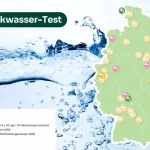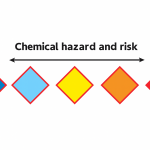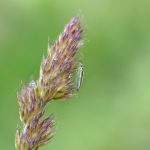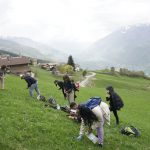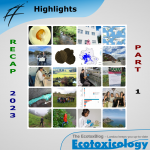The Bund für Umwelt und Naturschutz Deutschland (BUND) has recently detected high PFAS levels in 42 out of 46 drinking water samples collected from households across Germany. They now call for a comprehensive PFAS restriction and consistent application of the polluter pays principle to protect drinking water.
Continue readingBUND test detects widespread PFAS exposure
